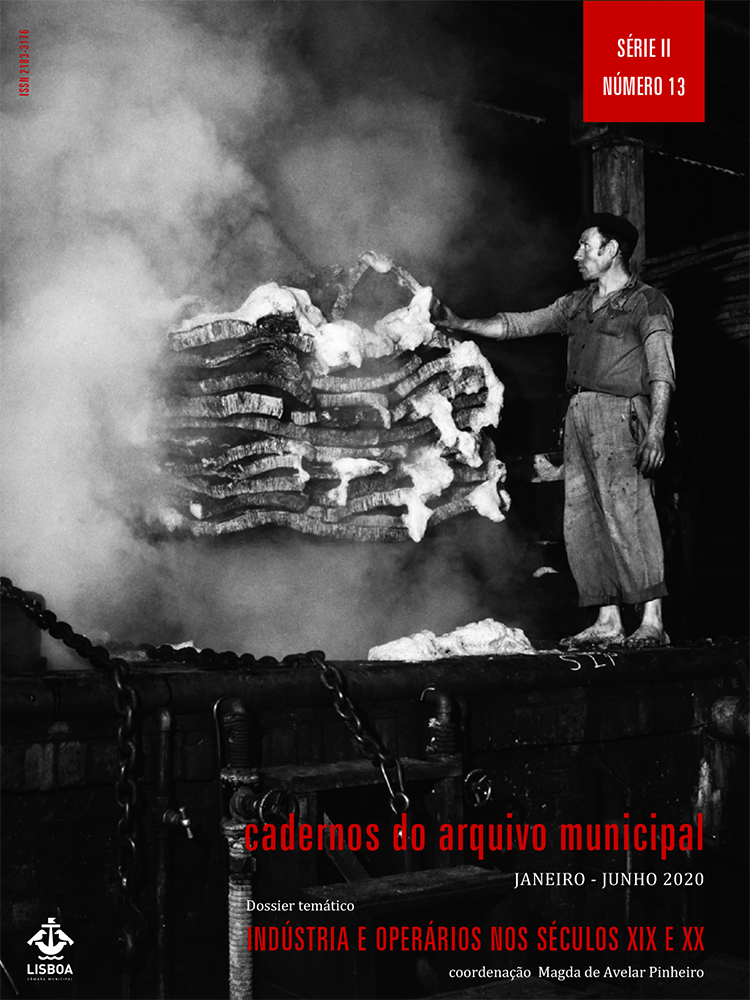The housing of the “working classes”. Lisbon’s residence spaces in the late nineteenth century
DOI:
https://doi.org/10.48751/CAM-2020-13105Keywords:
Lisbon, Housing, Working class, 19th centuryAbstract
In the late 19th century, Lisbon’s industrial development will enhance the city’s demographic and urban growth. These phenomena arise from the increase of the “working classes”, namely those related to factory production, but also from the emergence of housing units with different types. The “patios” and other residential settlements, resulting from the reuse of buildings and spaces integrated in the pre-existing urban network, incorporated heterogeneous communities. The “vilas” and “neighbourhoods” of the working-class, because integrated in the factory space or belonging to an industrial owner, housed much more homogeneous populations. Thus, diverse social and urban spaces appear in the working-class Lisbon of that time. This article, therefore, focuses on identifying the housing spaces of the “working classes” existing in Lisbon in the last decade of the 1800s, analysing its urban location, the distribution of residents in these areas and their living conditions.
Downloads
Downloads
Published
How to Cite
Issue
Section
License
Copyright (c) 2020 Ana Alcântara

This work is licensed under a Creative Commons Attribution-NonCommercial 4.0 International License.
The authors retain copyright and grant the journal the right of first publication, with the work simultaneously licensed under the Creative Commons Attribution License CC BY-NC 4.0 which allows sharing and adapting the text as long as its authorship is correctly attribbuted with recognition of the initial publication in this journal.









